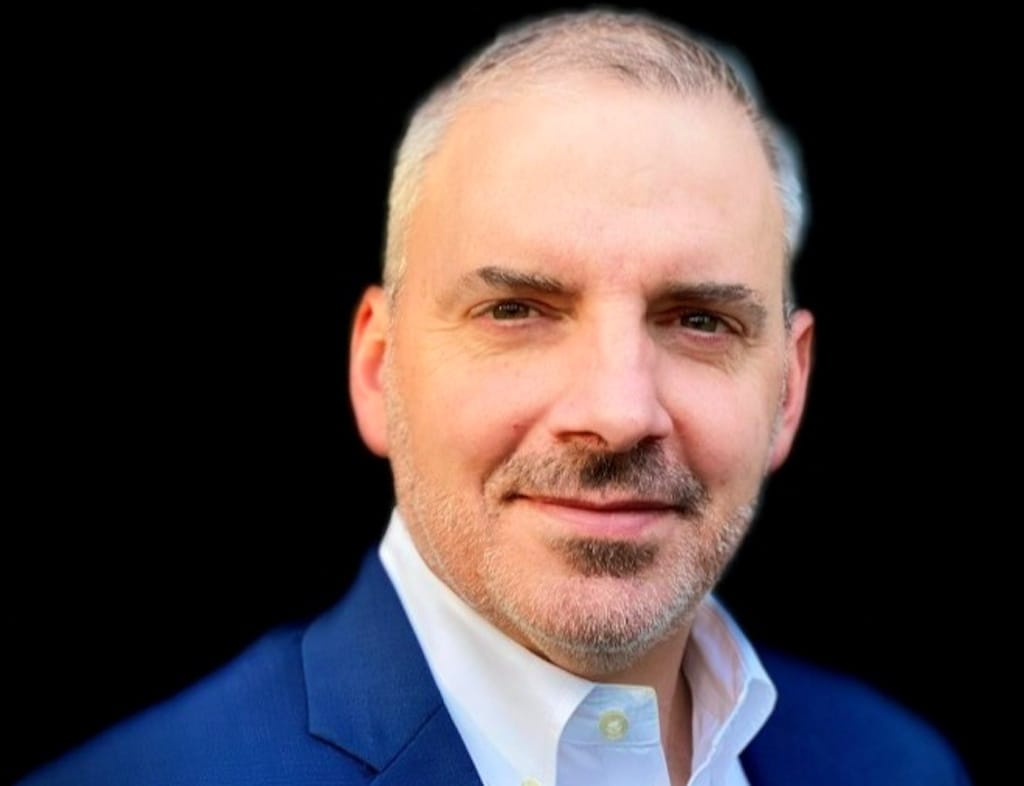Kerry Haughan: Why State Leaders Need to Keep BEAD Funding Local
In the case of rural communities, monopolies are a particularly bad fit.

After decades of inaction, we are finally close to bridging the digital divide and helping communities thrive across the country.
Rural America is going digital, fueled by $42.45 billion in federal broadband investment through the Broadband Equity Access and Deployment program. But how will states choose to deploy that money over the next two years?
The deployment strategy among the states will be critical to assuring we serve the needs of the folks that BEAD is designed to support—millions of people living in rural communities across America.
Broadband service providers large and small will soon deluge states with applications for BEAD grants. Given the complexity of the funding rollout, it’s tempting for states to hit the easy button and send most of the money to big telecom providers – but these large companies tend to prioritize large cities, not local communities.
That would be a huge disservice to generations of rural families and millions of American taxpayers.
Monopolies do not serve us well. In the case of rural communities, they are a particularly bad fit. Local organizations are uniquely qualified to serve the unique needs of rural communities. Cooperatives (member-owned), municipal utilities, and other local providers have deep, local connections and provide excellent service for the lowest cost. They are nimble and transparent. They understand the unique needs of their members.
They serve as trusted partners. Consider the example of Cassopolis, Michigan:
This was a tiny rural village that struggled economically. When village leaders embarked on a revitalization initiative, broadband was a big part of their plan — but none of the commercial providers would extend service to the village. Fortunately, Midwest Energy & Communications, founded in Cassopolis in the 1930s as an electric co-op, had recently added broadband service and jumped at the opportunity to help.
The resulting partnership between MEC and Cassopolis delivered broadband to the community’s approximately 1,700 residents and created a downtown experience that sparked a village renaissance while improving the lives of citizens. In the first 18 months alone, the partnership helped generate $200 million of investment in the community.
Today MEC is building over 3,000 miles of fiber across 16 Michigan counties to reach 30,000 unserved or underserved residents and businesses with the help of a $37 million grant from the FCC’s Rural Digital Opportunity Fund.
Rural communities abound with stories like this. That’s why it is imperative that state leaders go local with BEAD funds. Rather than seeing big telecom as the path of least resistance, states should look at the tremendous value local providers have generated for decades and continue to provide for members, who are their neighbors and friends as well as their owners.
States should go local with BEAD funds for 5 reasons:
1. Local service providers have a long history of serving their communities and are committed to the long term.
Many of these not-for-profit companies were founded decades ago in response to big utilities’ refusal to provide electricity to sparsely populated and distant farming and ranching communities. Fortunately, in 1935, President Roosevelt created the Rural Electrification Administration, which enabled the government to provide low-cost loans to consumer-owned electric co-ops. In true do-it-yourselves fashion, residents created their own utilities.
The effect was galvanizing. Only one out of 10 rural homes had electric service in the mid-1930s. By 1953, more than nine out of 10 did. Electrification transformed everything from farm work to housework. It provided electric light to homes previously lit by gas lamps. It brought the miracle of radio to the farmstead.
- Local service providers are nimble and can rapidly scale and innovate as needs change.
Local providers are part of the communities they serve and can quickly adapt to meet emerging needs.
When the cooperative Tombigbee Fiber heard from their subscribers in northwest Mississippi that they needed help protecting their children from online threats like cyberbullying and child predators, they deployed Bark to their more than 20,000 subscribers.
Bark is a content monitoring service that helps keep kids safe by sending alerts to parents about potential issues. It scans texts, emails, and 30+ popular apps and social media platforms for issues like bullying, online predators, suicidal ideation, and sexual content.
- Local service providers deeply understand their community’s needs beyond speed.
They invest in software-enabled fiber platforms and comprehensive managed services that create more value for their subscribers. Local providers are expanding to help rural communities thrive - in homes, apartment buildings and businesses, the arena, at school, and throughout towns. As a result, families are safer online. Small businesses thrive and communities attract new residents and economic development.
Before the pandemic, the City of Pharr, Texas, ranked as the worst-connected city of its size, with 59.7 percent of households lacking any form of connectivity. To address the problem, the city launched managed Wi-Fi service and built 80 percent of its high-speed municipal broadband network in 18 months. As a result, the Smart 50 Awards program recognized Pharr last year as one of the most transformative smart projects in the world. The city leveraged federal grants from the Affordable Connectivity Program to provide thousands of qualified students with internet service, in partnership with local school districts. Their mobile app – available in English and Spanish – is used by 99% of residential subscribers. The program also protects against cybersecurity and cyberbullying and earned the Community Economic Development Award from the state.
- Many local service providers are non-profits or member-owned cooperatives. They want to grow value long term for the community, not generate profits for shareholders.
Paul Bunyan Communications in north central Minnesota has invested heavily in the area, creating the GigaZone, one of the largest all-fiber gigabit networks in rural America, helping to proper Bemidji, Minnesota, to be ranked as one of the best work-from-home cities in the country. The member-led cooperative partners with economic development programs to attract people and businesses to the area, offering incentives and eliminating barriers for those looking to relocate to the area. As a result, the community draws working professionals, gamers and business owners with initiatives like the GigaZone Gaming Championship and TechXpo, the largest rural e- gaming event in the nation.
- Local service providers have exponentially higher customer satisfaction, as evidenced by high Net Promoter Scores and CSAT (customer service) ratings.
As a barometer, Net Promoter Scores measure one thing— do your customers love your service enough to promote it to others? For most internet providers, this score is incredibly low – in fact, the telecom industry performed the worst of the 12 industry sectors tracked by NPS. However, many local broadband providers are seeing scores in the 70s, 80s, and even 90s. Why? Local service providers answer their own phones. They are neighbors and friends to those they serve in their communities. Providing excellent customer service is core to who they are.
Cumberland Connect, a non-profit Tennessee broadband service provider that has served members for nearly a century, first with electricity and now with broadband, has an NPS in the 90s and a CSAT rating of 98. Using a cloud-based platform developed by Calix, Cumberland Connect revolutionized its field operations, dramatically reducing repair times and outages to boost customer satisfaction. When a major storm hit the community last year, damaging 80 mainline fiber locations and cutting power to thousands of customers, the co-op identified and mitigated outages in real-time, quickly restoring service.
When rural America was getting connected with electricity in the 1930s, funding local providers was the right strategy. The same is true today. Let’s ensure BEAD funding gets funneled to local broadband providers, many of which have already spent generations delivering amazing value for the communities they serve.
Kerry Haughan is senior vice president of commercial strategy for Calix. This piece is exclusive to Broadband Breakfast.
Broadband Breakfast accepts commentary from informed observers of the broadband scene. Please send pieces to commentary@breakfast.media. The views expressed in Expert Opinion pieces do not necessarily reflect the views of Broadband Breakfast and Breakfast Media LLC.










